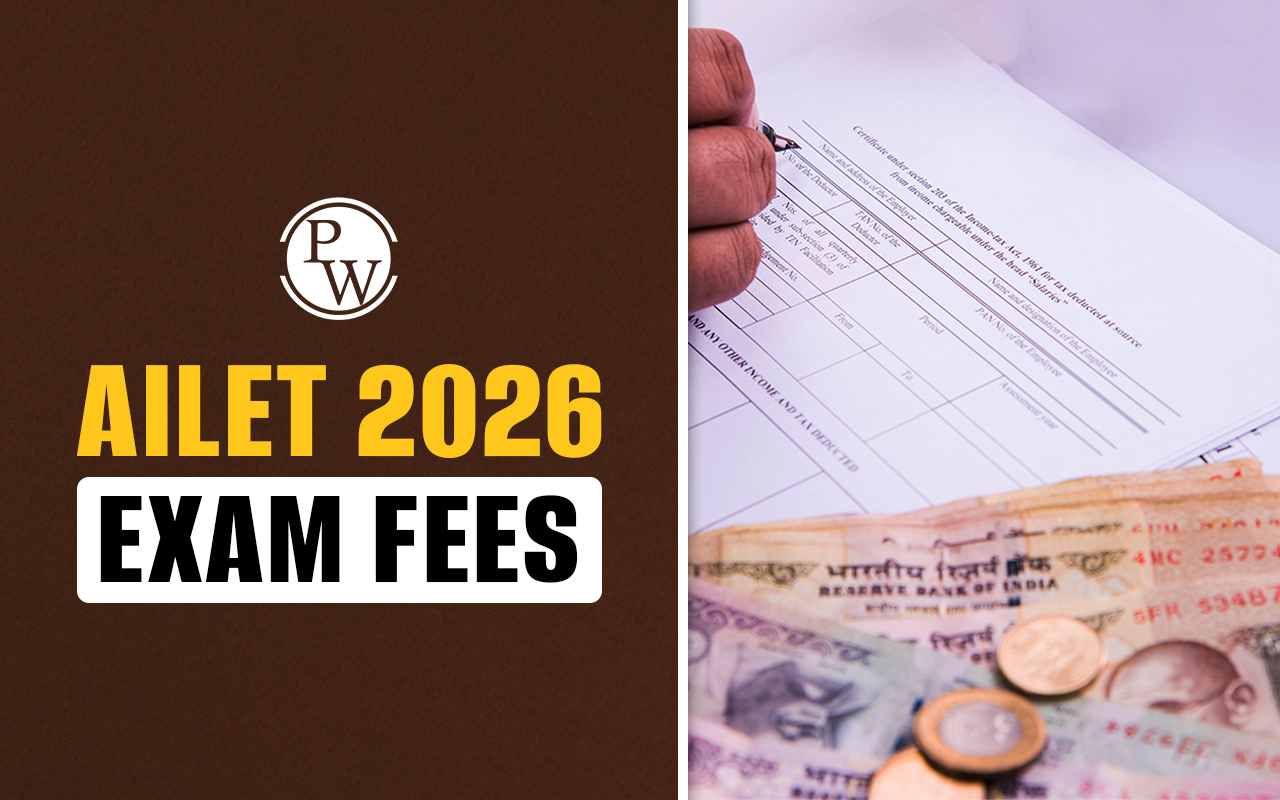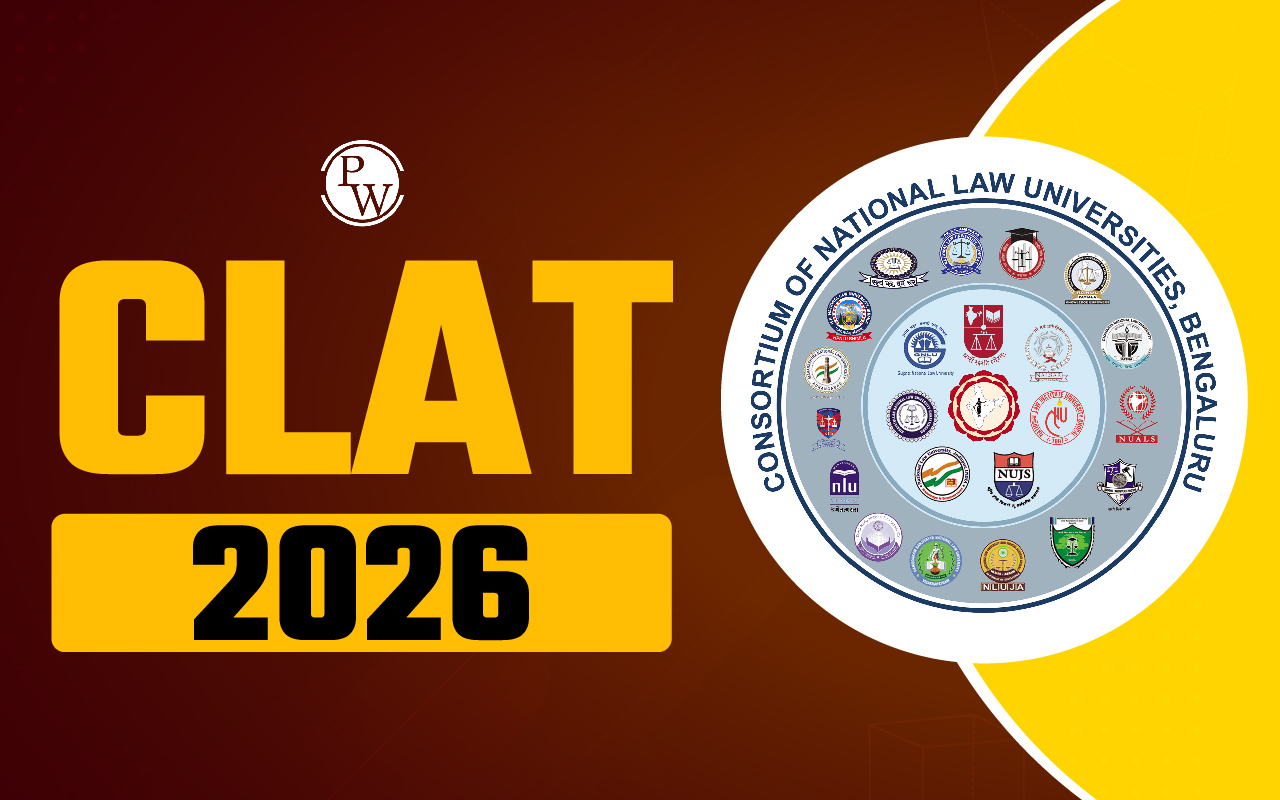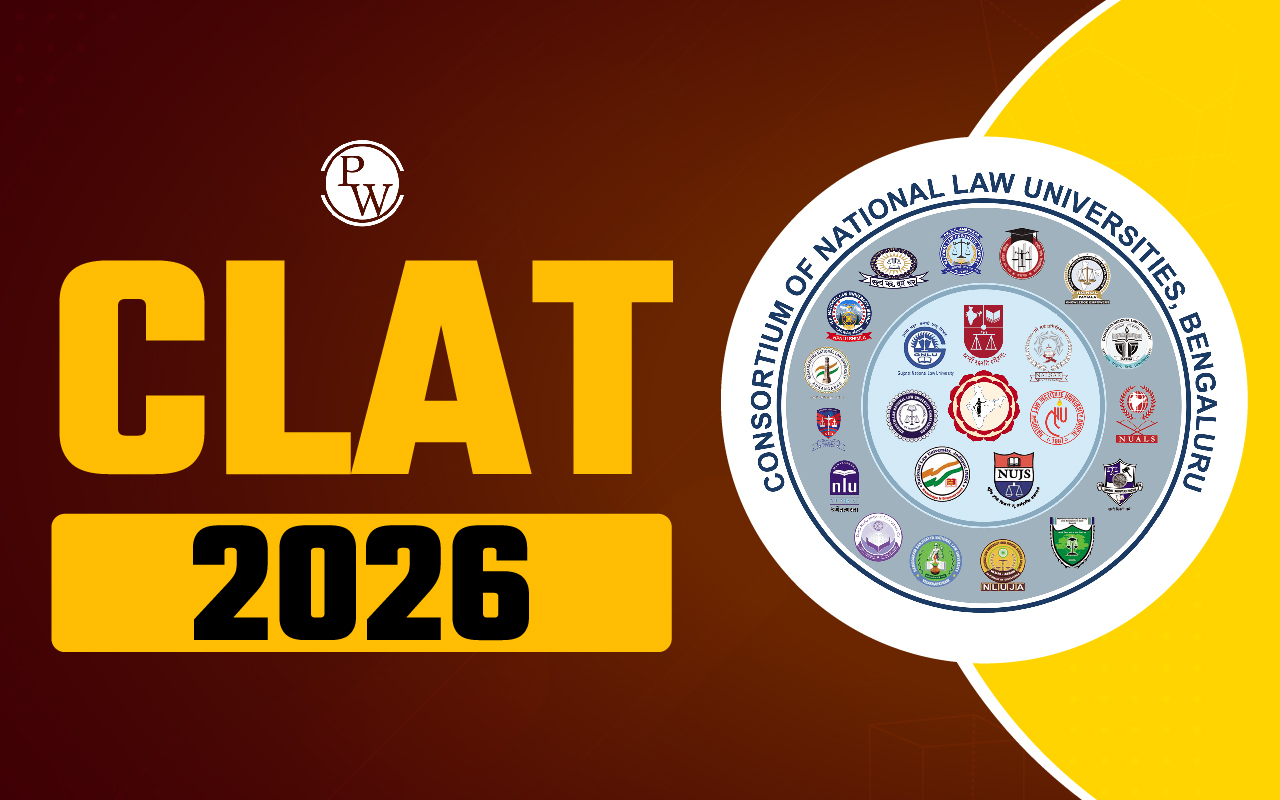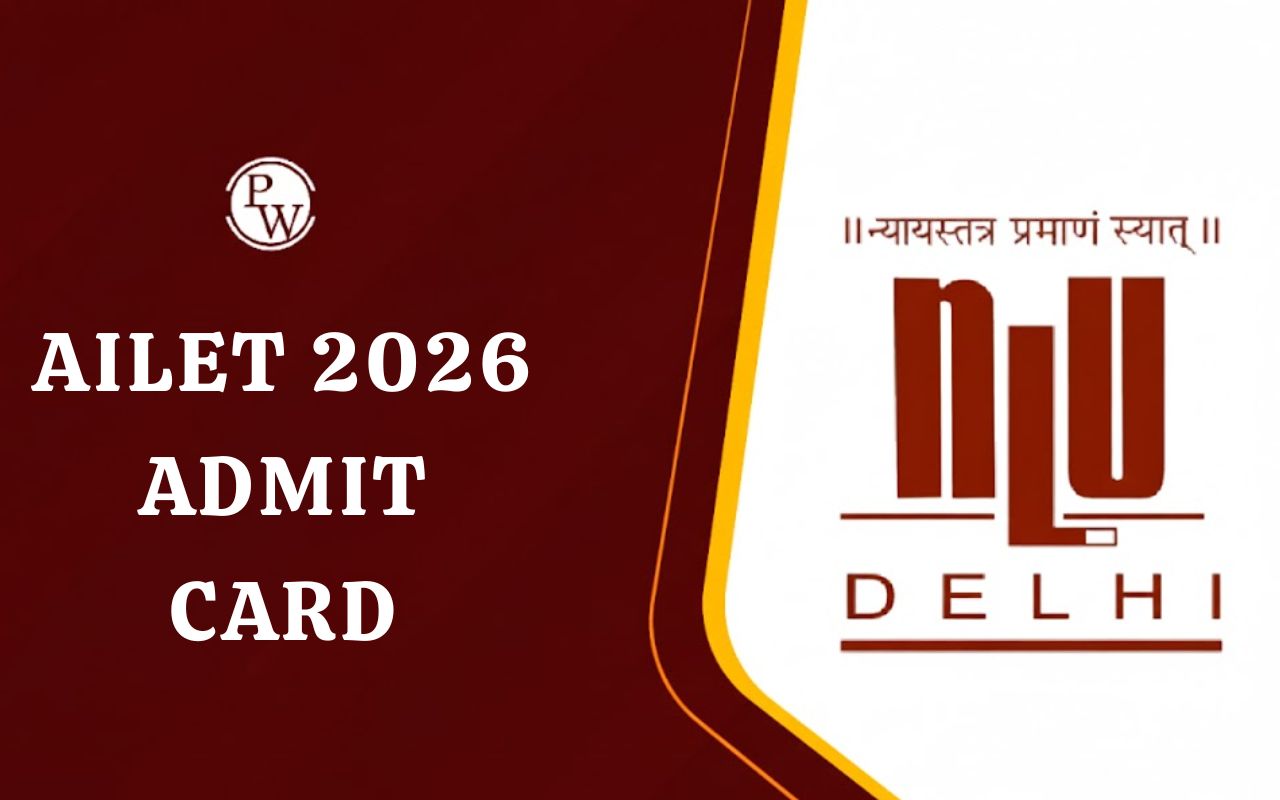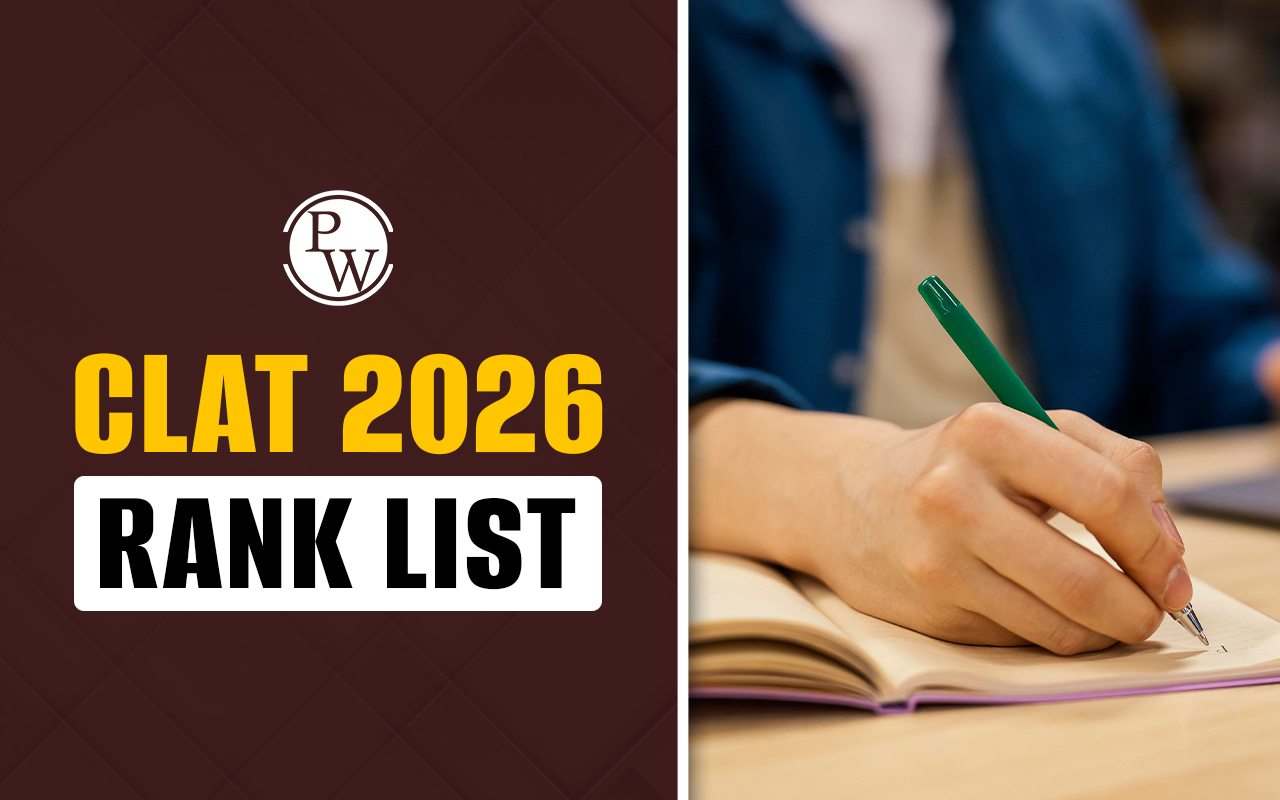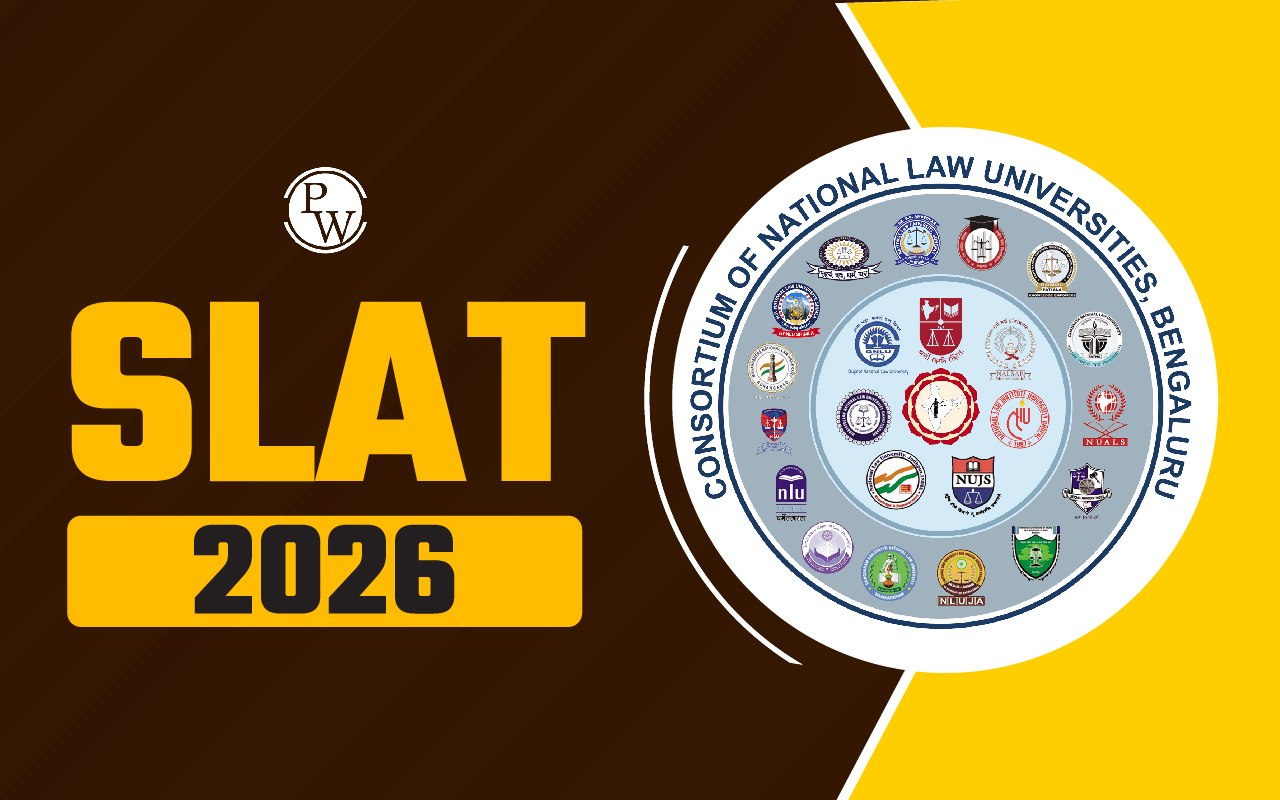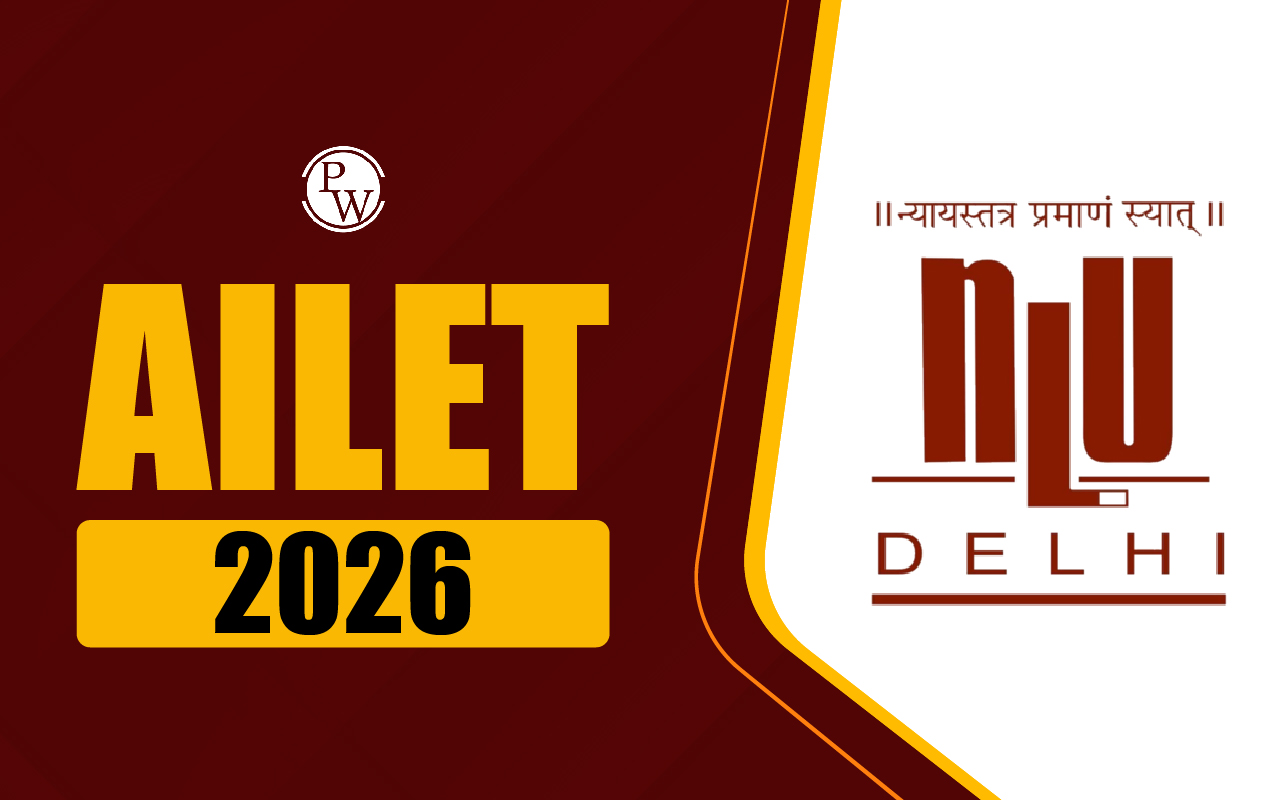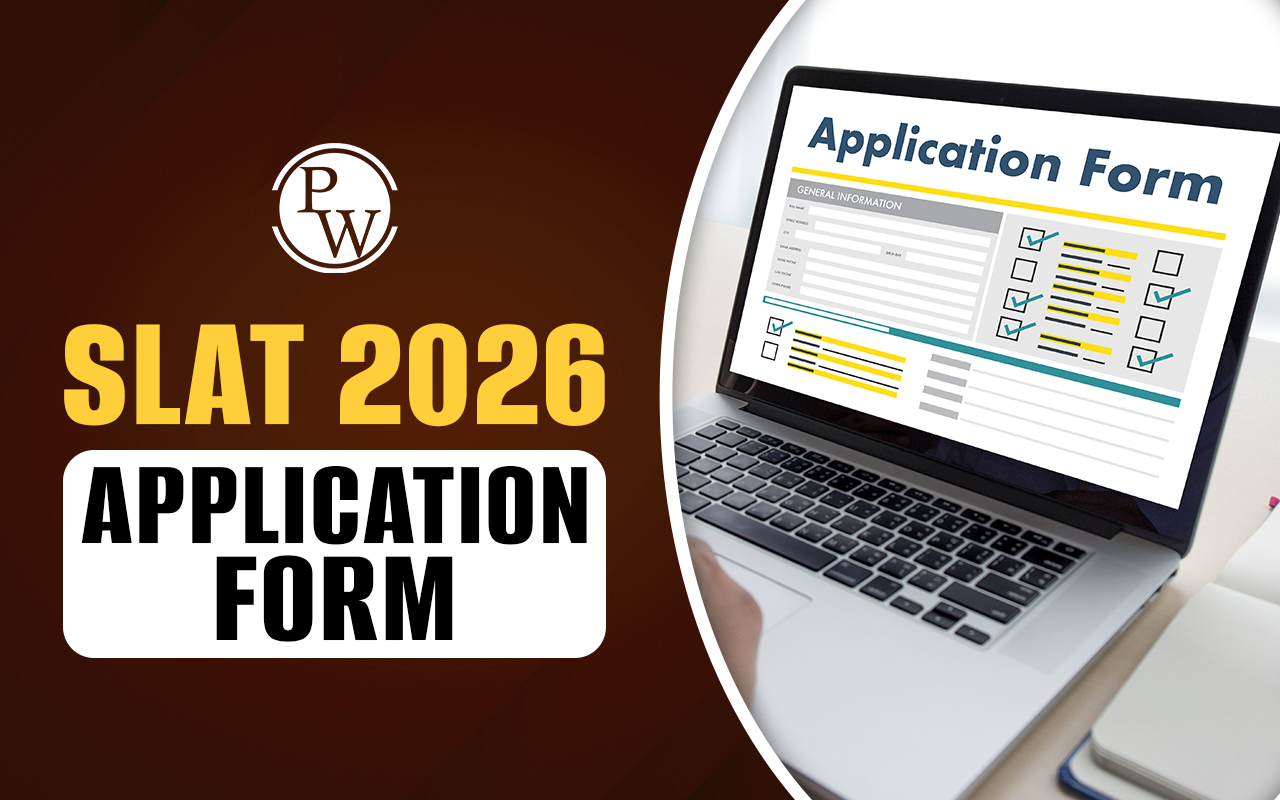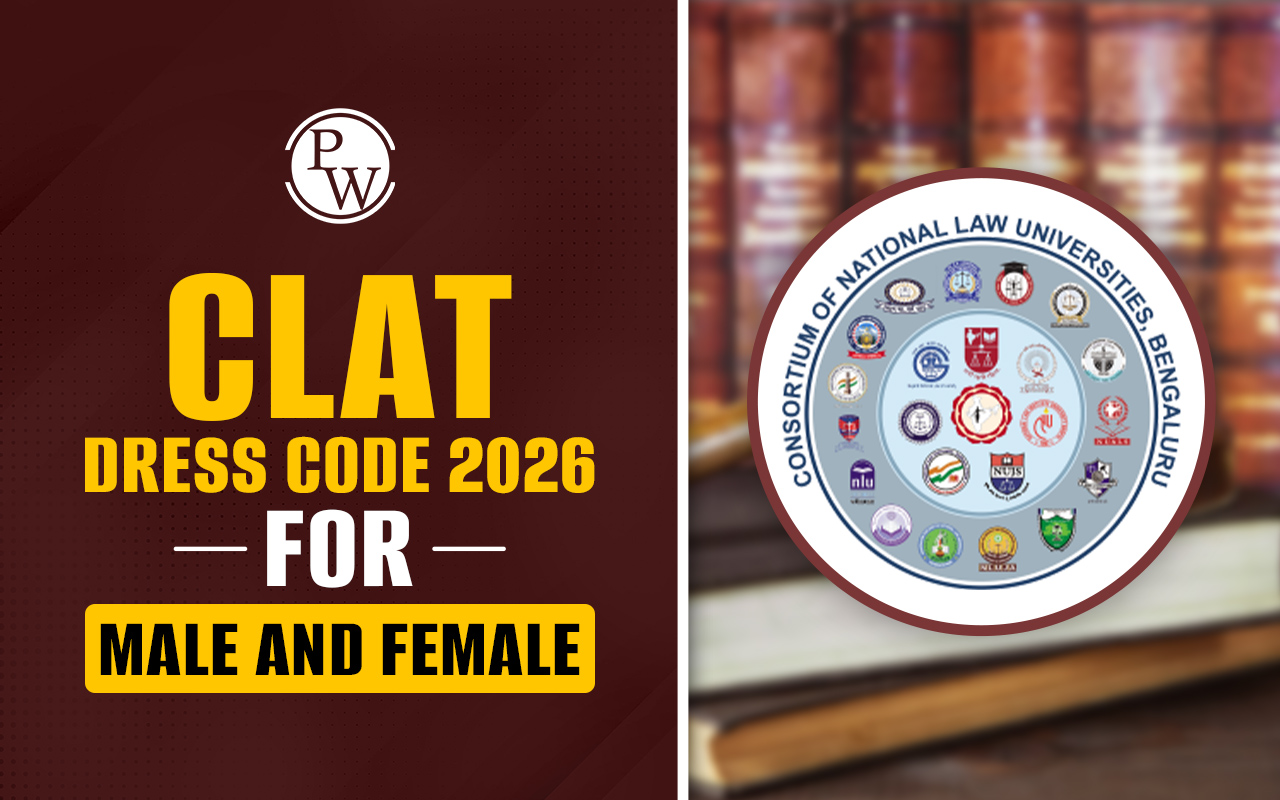
Critical Reasoning For CLAT 2025
Critical Reasoning For CLAT 2025: Getting ready for CLAT 2025? We've got you covered! In this article, we'll deal with critical reasoning, an important of the Logical Reasoning section. It's all about understanding arguments, spotting patterns, and evaluating evidence. We'll share tips to boost your critical reasoning skills, from dissecting passages to mastering inference techniques. Here's what we'll cover: the best CLAT Critical Reasoning Preparation Strategy, spotting flaws in passages, strengthening and weakening arguments, and avoiding common mistakes.
What is Critical Reasoning in CLAT 2025?
In CLAT 2025, critical reasoning refers to the ability to analyze arguments effectively to determine their validity. It's a crucial skill required for understanding and solving complex problems presented in the exam. By mastering critical reasoning, CLAT aspirants can evaluate various viewpoints, identify logical flaws, and make informed decisions.
Critical Reasoning For CLAT 2025 Basics
Understanding critical reasoning involves three key components: premises, conclusions, and inferences. A premise is an assumed statement, like "All men are mortal." It sets the stage for reaching a conclusion. A conclusion is a statement that follows logically from the premises, such as "Socrates is a man."
Finally, an inference is the reasoning process that leads from the premises to the conclusion, like deducing "Socrates is mortal" from the given premises.
| Component | Definition |
|---|---|
| Argument | Logical reasoning comprising premises and a conclusion. An argument seeks to persuade or convince. |
| Conclusion | The main point or conclusion that the argument aims to establish is based on the given premises. |
| Premises | Statements that offer reasons or evidence to back up the conclusion. |
Critical Reasoning For CLAT 2025 Opinions vs. Arguments
When analyzing critically, it's crucial to tell the difference between opinions and arguments. Here's a simple breakdown of their dissimilarities:
| Aspect | Arguments | Opinions |
|---|---|---|
| Definition | Logical reasoning supported by evidence. | Subjective statements expressing personal beliefs. |
| Evidence | Supported by facts, data, or logical inference. | Typically lacks concrete evidence. |
| Logical Structure | Comprises premises that lead to a conclusion. | Not structured with premises and conclusions. |
| Nature | Aims to persuade or convince through reasoning. | Reflects personal feelings or preferences. |
| Objective | It aims to be valid and sound, following logical principles. | Not intended to be universally true or valid. |
| Purpose | Aims to support the claim or point. | Expresses individual viewpoints without justification. |
Reading Comprehension Questions For CLAT 2025
How to Improve Critical Reasoning For CLAT 2025?
Enhancing critical reasoning skills is vital for success in the CLAT 2025 exam. The following tables provide key strategies and a preparation strategy designed for this purpose.
| Aspect | Description |
|---|---|
| Understanding Reasoning Patterns | Take time to analyze how reasoning works in different texts. Understand how authors reach conclusions from specific ideas and facts. Experiment with changing, removing, or adding details to see how it affects conclusions. This helps in understanding how evidence leads to conclusions. |
| Practice Regularly | Solving CLAT reasoning questions daily is crucial. Aim to solve 6-10 questions every day, excluding mock test days. Focus on assumptions, conclusions, inferences, strengthening, and weakening arguments. Active reading to grasp the main ideas in passages is also essential. |
| Making Inferences | After reading a passage, challenge yourself to make multiple guesses based on the information provided. Create hypothetical situations and apply your guesses to these new scenarios. This helps in quick thinking and using logic in unfamiliar situations. |
| Understanding Relationships and Contradictions | Practice identifying relationships and similarities in passages to understand how ideas connect. It's equally important to spot contradictions. Spend time on passages with multiple arguments to learn how to assess their strength. |
CLAT 2025 Critical Reasoning Preparation Strategy
| Aspect | Description |
|---|---|
| Understanding the Passage | Focus on grasping the main idea of the passage. Look for the reasons behind the main idea and the evidence supporting it. This understanding is crucial for analyzing patterns and observing how changes influence conclusions. |
| Approach | Identify the type of question by referring to the CLAT question paper. Understanding the question type helps in determining the appropriate approach to find the answer. |
| Analysis | Carefully examine each option. Disregard options that are irrelevant or don't make sense. Look for options that strongly support or weaken the main argument. |
| Being Careful | In assumption-focused questions, avoid answers relying on hidden assumptions or illogical jumps. A good answer should smoothly connect the facts and the conclusion. |
| Considering Different Views | For questions on weak arguments, search for options suggesting alternative explanations. This weakens the main argument. |
| Paying Attention to Details | In inference questions, note words like "likely" or "implies." Ensure your answer accurately reflects the passage without adding extra information. |
Critical Reasoning For CLAT 2025 Tips
Critical reasoning is a big part of the CLAT and tests your ability to understand, analyze, and judge arguments in short passages. To do well, you need to learn some tricks and strategies:
Critical Reasoning For CLAT 2025 Identifying Argument Flaws
Being able to spot flaws in arguments sets you apart as a careful thinker. Here are some common flaws and how to spot them:
- False Dilemma: This flaw presents only two choices as if they're the only options. Look for other possibilities that weren't mentioned.
- Hasty Generalization: This flaw jumps to conclusions without enough evidence. Watch out for sweeping statements that don't have much proof.
- Slippery Slope: This flaw predicts bad outcomes without good evidence. Look for arguments that assume bad things will happen without explaining why.
-
Correlation vs. Causation: This mistake confuses two things happening at the same time with one causing the other. Watch out for arguments that say one thing causes another just because they happen together.
Critical Reasoning For CLAT 2025 Strengthening and Weakening Arguments
Mastering Critical Reasoning for CLAT involves understanding the core of arguments. Knowing how to strengthen and weaken arguments is crucial for handling these questions effectively.
Strengthening Arguments: Key Factors
An argument is strong when it has solid evidence. Facts, statistics, and expert opinions make an argument convincing.
Strategies to Strengthen Arguments
- Identify Weaknesses : Find and fix any weak points in the argument.
- Use Strong Evidence : Support the argument with compelling facts and logical reasoning.
- Ensure Logical Coherence : Make sure the premises and conclusions are well-supported and logically sound.
Weakening Arguments: Key Vulnerabilities
Every argument has weaknesses. Understanding these helps in weakening them. Common issues include:
- Irrelevant details posing as evidence
- Hasty generalizations
- Insufficient data
- False dilemmas
How to Weaken Arguments
- Challenge Premises : Make the premises seem less true.
- Expose Hidden Assumptions : Question the validity of any underlying assumptions.
- Introduce Counterexamples : Present alternative scenarios that cast doubt on the conclusion.
Example
Consider a university that raises its fees, claiming that more revenue will improve research facilities and attract better students. To strengthen this argument, we could provide evidence showing that top students prefer schools with excellent research facilities.
To weaken this argument, we could introduce the idea that many top students prefer affordable universities, even if research facilities are not as good. This alternative scenario highlights a weakness in the original argument.
Critical Reasoning For CLAT 2025 Common Mistakes in Mocks
Many CLAT aspirants make mistakes that lower their scores. Here are common errors and how to avoid them:
| Common Errors | How to Avoid |
|---|---|
| Overlooking crucial premises and conclusions | Actively identify and analyze arguments' components. |
| Lack of focus and hasty conclusions | Read thoroughly, manage time, and set question targets. |
| Not learning from mistakes | Keep an error log, review mistakes, and address weaknesses regularly. |
| Falling into tempting but incorrect choices | Recognize traps like extreme language and irrelevant info. |
| Struggling with complex language | Break down complex sentences into simpler parts. |
| Confusion due to multiple-choice options | Use elimination techniques and spot absurd options. |
Sample Critical Reasoning Questions for CLAT 2025
In the CLAT exam, the logical reasoning section includes 22-26 questions, with 12-15 focusing on critical reasoning.
Passage:
Online learning has become increasingly popular over the past decade. Studies have shown that students who engage in online learning perform as well or better than those in traditional classrooms. For example, a study by the Department of Education found that students who took online courses scored higher on tests than those who attended in-person classes. This suggests that online learning can be just as effective as traditional methods.
Moreover, online learning offers flexibility, allowing students to learn at their own pace. Research by the National Center for Education Statistics indicates that students who have control over their learning schedules are more likely to stay engaged and complete their courses. Therefore, online learning not only matches but sometimes surpasses traditional classroom effectiveness in terms of student performance and engagement.
Critics argue that online learning lacks the personal interaction found in traditional classrooms, which can impact social development. However, many online courses include interactive elements like discussion boards and video conferences, which can help foster communication skills. A study published in the Journal of Educational Psychology found that these interactive tools can effectively replicate the social aspects of in-person learning.
Questions:
-
What is the main conclusion of the passage?
A) Online learning lacks personal interaction.B) Online learning offers flexibility.C) Online learning is as effective as traditional learning.D) Interactive tools are crucial for online learning.
Answer:
C) Online learning is as effective as traditional learning.
Explanation: The main conclusion is that online learning can be as effective as traditional classroom methods, supported by various studies.
-
Which of the following best describes the pattern of reasoning used in the passage?
A) AnalogyB) CausationC) ContradictionD) Equivalence
Answer:
B) Causation
Explanation: The passage uses evidence and studies to show that online learning causes similar or better outcomes compared to traditional learning.
-
How does online learning positively impact student engagement, according to the passage?
A) It allows control over learning schedules.B) It includes personal interaction.C) It offers discussion boards.D) It requires in-person classes.
Answer:
A) It allows control over learning schedules.
Explanation: The passage states that students who control their learning schedules are more likely to stay engaged and complete their courses.
-
What do critics argue against online learning in the passage?
A) It lacks personal interaction.B) It is as effective as traditional learning.C) It includes flexible schedules.D) It requires more resources.
Answer:
A) It lacks personal interaction.
Explanation: Critics argue that online learning lacks the personal interaction found in traditional classrooms.
-
How can the effectiveness of online learning be increased, according to the passage?
A) By including interactive elements like discussion boards and video conferences.B) By requiring students to attend in-person classes.C) By eliminating flexible schedules.D) By focusing solely on self-paced learning.
Answer:
A) By including interactive elements like discussion boards and video conferences.
Explanation: The passage suggests that interactive tools can effectively replicate the social aspects of in-person learning, thus increasing the effectiveness of online learning.
Note: Enroll with Physics Wallah (PW) for cost-effective CLAT 2025 preparation. Join the CLAT Rank Booster Batch now to enhance your strategy and elevate your preparation.
| CLAT 2025 Important Links | |
|---|---|
| Best GK Books for CLAT 2024 Preparation | 50 Important Legal Maxims For CLAT 2024 |
| CLAT 2024 Final Answer Key (9th Dec) | CLAT Admission Process 2024 |
Critical Reasoning For CLAT 2025 FAQs
How to study critical reasoning for CLAT?
How do I start preparing for CLAT 2024?
How to prepare critical reasoning?
How to ace CLAT in 3 months?
What is the hardest section in CLAT exam?

